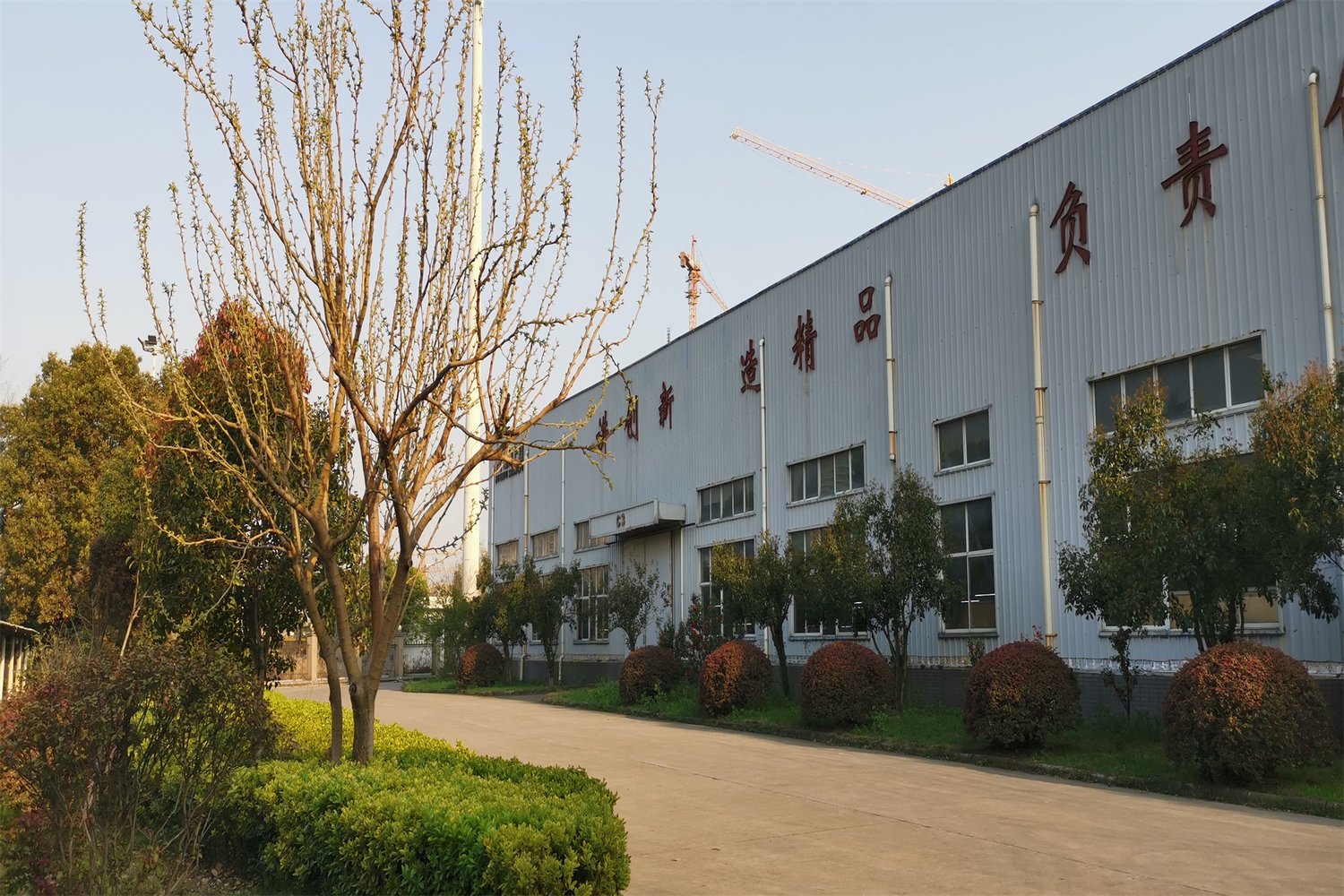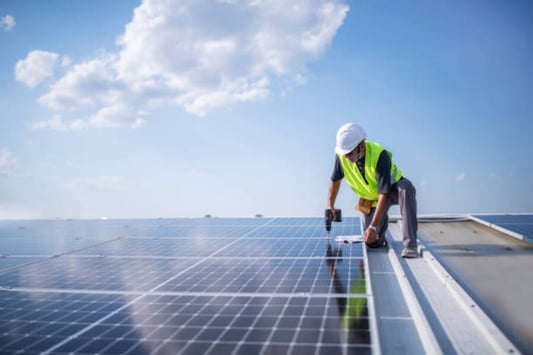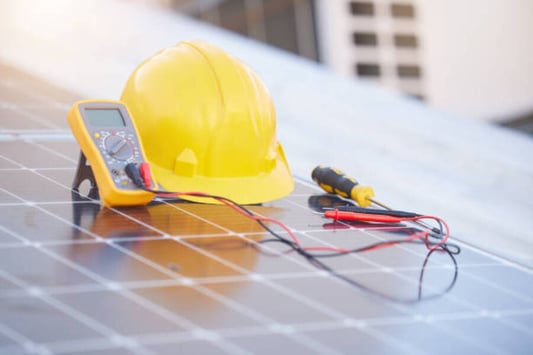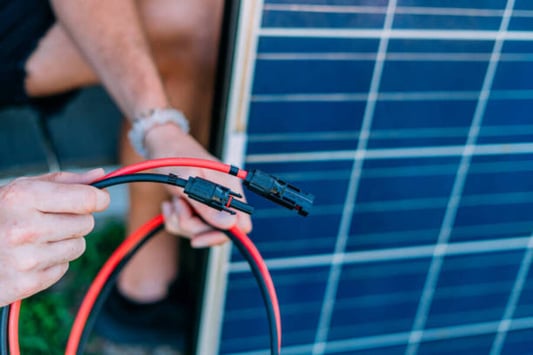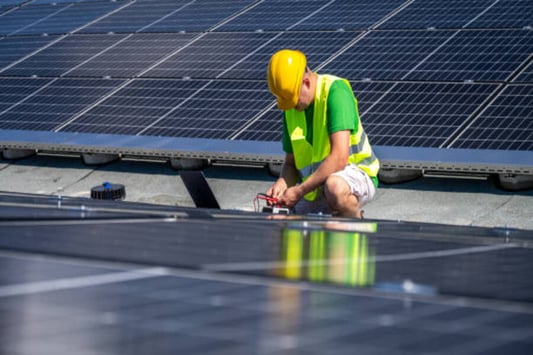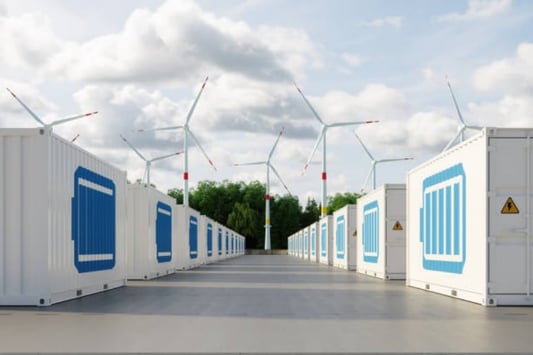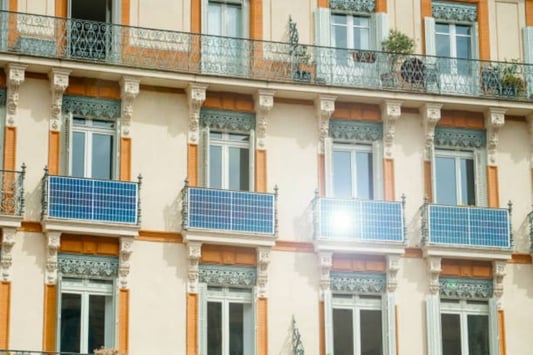The Benefits of Using dc solar cables in Renewable Energy SystemsSolar power is becoming increasingly popular as a reliable source of renewable energy. In order to harness the full potential of solar energy systems, efficient and reliable cables are needed. DC solar cables are the perfect solution for this, offering a range of benefits over traditional AC cables. In this article, we will explore the advantages of using DC solar cables in renewable energy systems.Efficient Power ConversionDC solar cables are designed to carry direct current (DC) rather than alternating current (AC). The benefit of this is that DC power flows in a single direction, resulting in less loss of power through resistance. In contrast, AC power has a tendency to lose energy through heat generation caused by resistance, which is why DC solar cables are preferred for solar power applications.Reduced Cable CostsDC solar cables have a lower resistance compared to AC cables, making them more efficient and cost-effective. The reduced resistance also means that DC cables can transmit power over longer distances without causing significant power loss or voltage drops, which reduces the need for additional equipment such as boosters, transformers, and inverters.Easy InstallationDC solar cables are easier to install than traditional AC cables. This is because DC cables do not require grounding, which can save time and money during installation. Additionally, DC solar cables are more flexible and can be bent and routed more easily, making them easier to install in tight spaces and around obstacles.Durability and ResistanceDC solar cables are specifically designed to withstand harsh environments and exposure to UV rays, making them more durable compared to traditional AC cables. Additionally, DC solar cables are highly resistant to abrasion, cuts, and tears, which reduces the need for frequent maintenance and repair.SafetyDC solar cables are also safer to use than AC cables. AC cables can carry high voltages that can be dangerous, but DC cables carry far lower voltages, reducing the risks of electric shocks and other electrical hazards. Additionally, DC cables have a lower risk of arcing compared to AC cables, which makes them safer to use in low-light conditions.Supports Higher Efficiency Solar PanelsDC solar cables are ideal for use with high efficiency solar panels, which are designed to produce higher voltage and current outputs compared to traditional solar panels. DC solar cables are capable of handling this higher voltage and current output, which means that higher efficiency solar panels can be used without the need for additional equipment.Compact, Lightweight DesignDC solar cables have a more compact and lightweight design compared to traditional AC cables, making them easier to handle and transport. This makes them an ideal option for remote solar power installations, where weight and space are at a premium.Flexible Voltage OptionsDC solar cables offer flexible voltage options, enabling them to carry power over a range of voltages without the need for additional equipment. This makes them a versatile option for solar power systems that require varying voltages for different components.Easy to Upgrade and ExpandDC solar cables are easy to upgrade and expand as solar power systems grow, providing greater flexibility and adaptability. This makes them an ideal option for homeowners and businesses that want to expand their solar power systems in the future.Concluding ThoughtsDC solar cables offer a range of benefits over traditional AC cables in renewable energy systems. Their efficient power conversion, reduced cable costs, easy installation, durability, resistance, safety, support for high efficiency solar panels, compact and lightweight design, flexible voltage options, and ease of upgrade and expansion make them the perfect choice for any solar power installation. Quote InquiryContact Us

